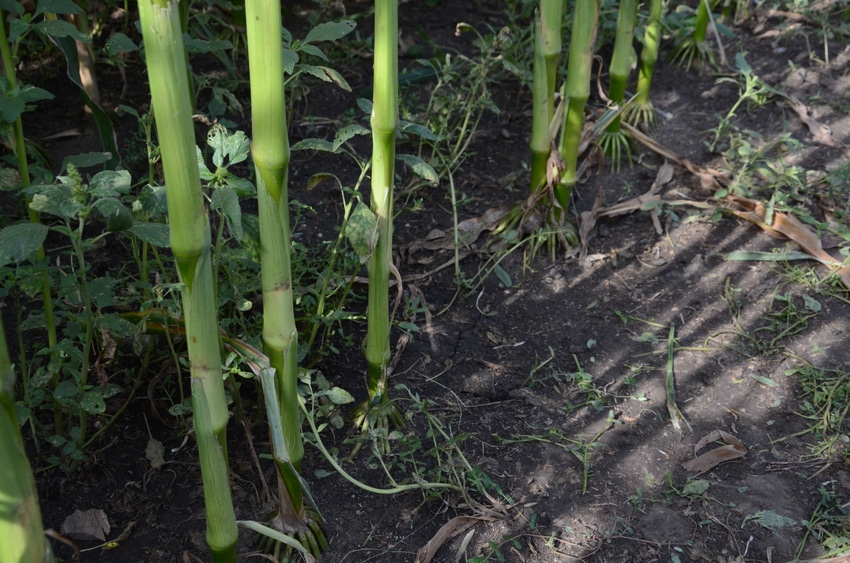
Think different
Precision control of new planters offers many options, but focus on the basics of proper depth and consistent singulation are key to better yields.
Today's planters can work in all tillage conditions, driven by dynamic down-pressure tools to aid consistent planting depth.
---------
It was an interesting sight in a cornfield near Jackson, Minn. A group of Agco field people, who spent their careers pushing just one part of the new Agco Crop Tour that began last year.
The event was a teaching moment for farmers and dealers alike, to connect to the agronomy of farming beyond engineering. It's new territory for the company, but such agronomic details are more important as farmers work to drive up crop yields.

Higher-producing hybrids and varieties can falter if spacing inconsistencies and lack of seed-to-soil contact occurs. "We want to show our dealers and customers that proper setup of equipment can make a big difference," says Darren Goebel, director, global commercial crop care, Agco.
Forced planter errors
To determine how planter settings can impact yield, Goebel developed a range of plots that examined different planter setup challenges including down-pressure. "We also set up planter goof plots by plugging some holes and drilling others in plates to create skips and doubles, along with varying seeding depth" he said.
In 2016, Agco had Crop Tour plots in Galva, Ill.; Edgewood, Iowa; New Ulm, Minn.; Jackson, Minn.; and Estelline, S.D. As an agronomist, he was a stickler for replicating trials at all sites to improve final data.
Goebel asked the tour group: "When you do a stand count for emergence and a population check, do you also look at how the crop is planted?" That's the larger question – as you look at different factors that can impact crop yield.
While it sounds like common sense, many planters may not be tuned right for local conditions. Add in rising planter complexity with cab-controlled down pressure and singulation, and you have more options to get it right, or wrong.
Seed spacing boosts yield
In the singulation trials across all locations, Goebel found an average 8-bushel per acre yield advantage due to a 7.9% boost to seed spacing accuracy.
As for down-pressure, Agco found yield loss with both too light and too heavy of downforce. Their key Crop Tour findings?
· More downforce needed as seeding depth increases.
· Different tillage systems require varied amounts of downforce.
· Center-fill planters need more wing downforce to maintain adequate gauge wheel to ground contact.
For corn seeding depth, he noted that 1.5 inches worked best. In the first-year trials, a 1-inch depth showed a 15-bushel per acre yield loss across the six crop tour sites. And their 3.5-inch planting depth trial caused the biggest yield hit across all locations.
The takeaway? The planter shouldn't be a yield stumbling block, as this Crop Tour exercise at Agco demonstrated. Learn more at http://agcocropcare.com.
About the Author(s)
You May Also Like




